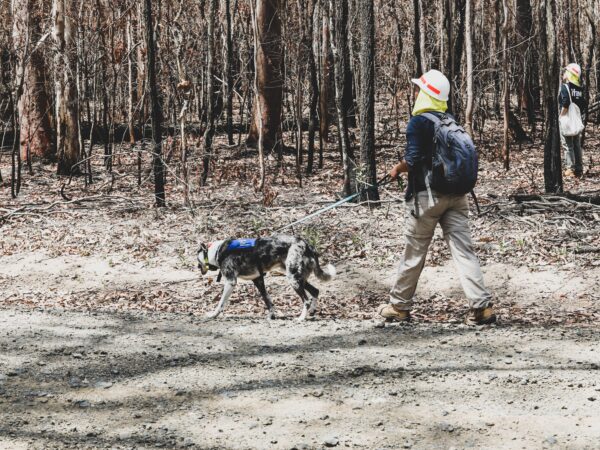As humans, we often have preconceived notions about certain animals based on their appearance, behavior, or even media portrayals. However, these misconceptions can often lead to misunderstandings and inaccurate assumptions about a species. In this article, we will explore some of the most misunderstood animals and attempt to shed some light on their true nature.
Sharks
When most people think of sharks, they envision a cold-blooded, man-eating predator that lurks in the ocean depths. While it is true that some shark species can be dangerous to humans, this perception is far from the truth for the majority of these magnificent creatures.
There are over 500 species of sharks, and only a small fraction of them have been known to attack humans. In fact, sharks play a crucial role in maintaining the delicate balance of the ocean’s ecosystem. They help regulate populations of prey species, and their disappearance would have catastrophic effects on the ocean food chain.
Despite their importance, sharks are often hunted for their fins, which are considered a delicacy in some cultures. This practice has led to the decline of many shark species, and it is estimated that over 100 million sharks are killed each year.
Sharks may be feared by many, but their role in the ocean ecosystem is vital. By viewing them as valuable members of their environment rather than as ruthless predators, we can begin to appreciate and protect these misunderstood animals.
Bats
Bats are often associated with dark, spooky caves and vampire tales. However, these fascinating creatures are far from bloodthirsty monsters. In fact, most bats feed on insects and are important pollinators for many plant species.
There are over 1,300 species of bats, and they play a critical role in maintaining the balance of many ecosystems. They help control pest populations, pollinate plants, and distribute seeds that help plants grow.
Unfortunately, bats face many challenges, including habitat loss and the spread of disease. White-nose syndrome, a deadly fungal disease, has decimated bat populations in North America and threatens many species with extinction.
By educating ourselves about the importance of bats and taking steps to protect them, we can help ensure their survival and the health of many ecosystems around the world.
Spiders
Spiders are often thought of as creepy, crawly creatures that are best avoided. However, these misunderstood animals play a vital role in controlling insect populations and maintaining the balance of many ecosystems.
There are over 48,000 known species of spiders, and they can be found in almost every habitat on earth. While some species are venomous, most spiders are harmless to humans and pose no threat.
Despite their importance, spiders are often feared and killed on sight. This fear can lead to the unnecessary destruction of habitat and the loss of many species.
By learning more about spiders and their essential role in maintaining the balance of many ecosystems, we can begin to appreciate and protect these often-misunderstood creatures.
Snakes
Snakes have long been a target of fear and mistrust by many humans. They are often associated with danger and are portrayed as ruthless, venomous killers in popular media.
However, this perception is far from the truth for the majority of snake species. Many species of snakes are harmless to humans and play an important role in controlling pest populations.
Snakes can be found in a variety of habitats, from deserts to rainforests. They help regulate populations of prey species and provide food for many predators.
Sadly, snakes are often killed on sight, either out of fear or as a result of habitat destruction. By understanding their role in maintaining healthy ecosystems and taking steps to protect them, we can ensure their survival and the health of many habitats around the world.
Conclusion
The animals discussed in this article are just a few examples of the many misunderstood creatures that inhabit our planet. By taking the time to learn more about these animals and their essential roles in maintaining healthy ecosystems, we can begin to appreciate and protect them.
It is essential to approach all animals with respect and understanding, rather than letting our preconceived notions cloud our judgment. By doing so, we can help ensure the protection and survival of many species for generations to come.











